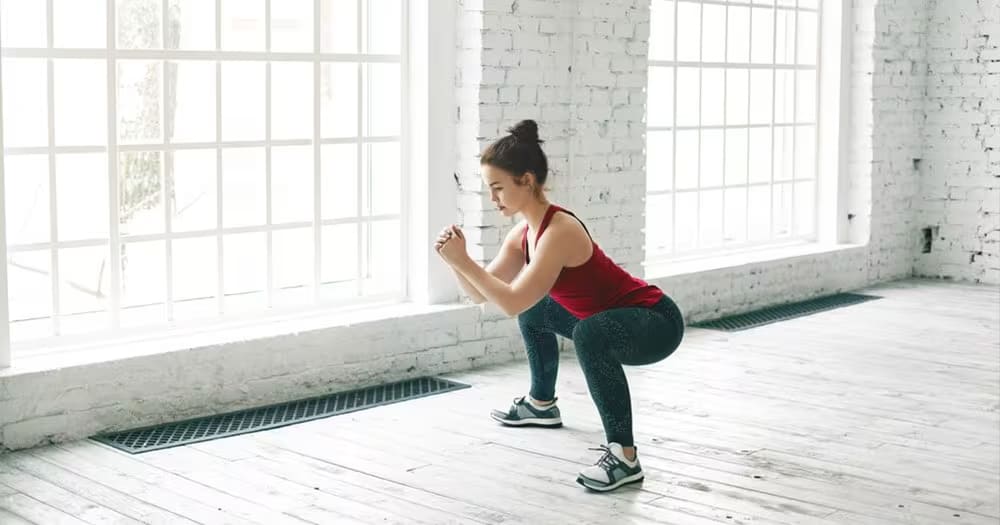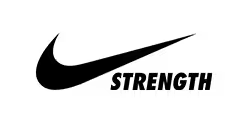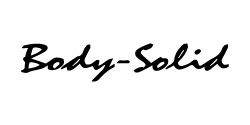The squat is one of the most fundamental movements in human biomechanics. It’s something we all do naturally as children and, for many, a movement we’ve unconsciously performed countless times in our daily lives whether sitting down, picking something up, or simply adjusting our posture. Despite its simplicity, when it comes to fitness, doing a proper squat requires attention to detail, correct form, and practice to unlock its full potential.
Squats are not just a lower-body exercise; they’re a full-body movement that engages muscles, joints, and even your mind to work in harmony. Whether you're an athlete, a fitness enthusiast, or a beginner looking to improve your strength, learning how to squat correctly is essential for safety and optimal results. This blog will take you through every aspect of the squat—from its benefits to common mistakes and how to master the technique.
Why Squats Are the King of Exercises
Squats are often referred to as the "king of exercises," and for good reason. They target multiple muscle groups, including the quadriceps, hamstrings, glutes, calves, and core. But their benefits go beyond just muscle engagement:
- Functional Fitness: Squats mimic everyday movements like sitting and standing, making them essential for improving overall functional strength.
- Joint Health: They promote flexibility and mobility in the hips, knees, and ankles.
- Core Strength: A proper squat requires core engagement, helping to improve stability and posture.
- Calorie Burning: Squats engage large muscle groups, which increases calorie expenditure during and after your workout.
- Hormonal Boost: Compound movements like squats stimulate the release of growth hormones and testosterone, supporting muscle growth and fat loss.
Understanding why squats matter is the first step toward mastering them. Now, let’s dive into how to perform a proper squat.
Preparing for Your Squat
Proper preparation is crucial for performing squats safely and effectively. This involves understanding your body mechanics, warming up, and setting up correctly.
1. Check Your Mobility
Mobility in your hips, knees, and ankles plays a significant role in your ability to squat properly. Tight hips or stiff ankles can lead to poor form or discomfort during the movement. Spend time assessing your mobility with simple tests, such as trying to sit into a deep squat without lifting your heels or rounding your back.
If mobility is a challenge, focus on stretching and foam rolling to loosen tight muscles. Dynamic stretches like hip flexor stretches, ankle circles, and hamstring stretches can help improve your range of motion.
Before jumping into squats, activate the muscles that will be working. Glute bridges, bodyweight squats, and resistance band exercises are excellent for waking up your glutes, hamstrings, and quads. This activation prepares your body for the movement and reduces the risk of injury.
3. Choose the Right Stance
Your squat stance should be comfortable and natural. For most people, this means standing with your feet shoulder-width apart and your toes slightly turned outward. Experiment with slight adjustments to find a position that feels stable and allows for a full range of motion.
How to Do a Proper Squat
Now that you’re prepared, let’s break down the steps to perform a proper squat.
1. Start with Your Feet
Stand with your feet shoulder-width apart, toes pointing slightly outward. Distribute your weight evenly across your feet, focusing on the "tripod" of your foot: the ball of your big toe, the ball of your little toe, and your heel.
2. Engage Your Core
Before you begin the descent, brace your core as if preparing to take a punch to your stomach. This stabilizes your spine and helps prevent excessive arching or rounding of your back.
3. Initiate the Movement with Your Hips
Begin the squat by pushing your hips back, as if you’re sitting into a chair. This ensures that your knees don’t travel too far forward, which can place unnecessary strain on the joints.
4. Lower Your Body
As you push your hips back, bend your knees to lower your body. Keep your chest lifted and your back straight. Descend until your thighs are parallel to the ground or as far as your mobility allows. For deeper squats, aim to go below parallel while maintaining good form.
5. Keep Your Knees in Line with Your Toes
Throughout the movement, ensure your knees are tracking in line with your toes. Avoid letting them collapse inward (valgus collapse), as this can strain the knees.
6. Push Through Your Heels
To rise back up, push through your heels while keeping your core engaged. Squeeze your glutes as you return to the starting position. Avoid locking your knees at the top.
7. Maintain Controlled Breathing
Inhale as you lower your body and exhale as you push back up. Proper breathing helps stabilize your core and improves your performance.
Common Mistakes to Avoid
Even seasoned lifters can make mistakes when squatting. Here are some of the most common errors and how to fix them:
1. Rounding or Arching the Back
A rounded or excessively arched back places unnecessary stress on your spine. Focus on maintaining a neutral spine by bracing your core and keeping your chest lifted.
2. Lifting the Heels
Rising onto your toes during a squat often indicates tight ankles or improper weight distribution. Focus on keeping your heels grounded and work on ankle mobility if needed.
3. Knees Collapsing Inward
When the knees collapse inward, it’s often due to weak glutes or poor control. Practice bodyweight squats with resistance bands around your thighs to encourage proper knee tracking.
4. Not Squatting Deep Enough
Partial squats limit the benefits of the exercise. While some people may need to work on mobility to achieve depth, aim for at least parallel or deeper if your body allows.
5. Rushing the Movement
Squats should be performed with control, not speed. Rushing can lead to poor form and reduced effectiveness. Focus on quality over quantity.
Progressing Your Squats
Once you’ve mastered the basic squat, you can add variety and intensity to challenge your muscles further. Here are some ways to progress:
1. Add Weight
Incorporate dumbbells, a barbell, or kettlebells to increase resistance. Weighted squats build strength and muscle mass more effectively than bodyweight squats alone.
2. Try Variations
- Goblet Squat: Hold a dumbbell or kettlebell close to your chest for added resistance.
- Sumo Squat: Widen your stance and point your toes further outward to target the inner thighs.
- Front Squat: Hold a barbell across your shoulders in front of your body to shift the focus to your quads and core.
- Bulgarian Split Squat: Elevate one leg behind you on a bench or platform for a unilateral challenge.
3. Increase Reps and Sets
Gradually increase the number of repetitions and sets to build endurance. For strength training, focus on lower reps (4-8) with heavier weights. For endurance, aim for higher reps (12-15) with lighter weights.
4. Add Explosiveness
Incorporate plyometric squats, like jump squats, to improve power and explosiveness.
Incorporating Squats Into Your Routine
Squats are incredibly versatile and can be included in various types of workouts, from strength training to cardio circuits. Aim to perform squats 2-3 times per week, allowing for rest days in between to promote muscle recovery.
Here’s an example of how squats might fit into a weekly workout plan:
- Day 1: Full-Body Strength Training (include weighted squats)
- Day 3: Lower-Body Focus (incorporate squat variations)
- Day 5: High-Intensity Interval Training (add bodyweight jump squats)
The Long-Term Benefits of Squatting
Consistently practicing proper squats leads to long-term benefits, including improved athletic performance, enhanced functional strength, and better overall health. Squats contribute to increased bone density, reduced injury risk, and even better metabolic health by boosting calorie burn and improving insulin sensitivity.
As you progress in your fitness journey, squats will remain a cornerstone of your routine, providing endless opportunities for growth and improvement.
Mastering the squat is a journey that requires patience, practice, and attention to detail. By understanding the mechanics of a proper squat and avoiding common mistakes, you can unlock the full potential of this powerful exercise. Whether you’re lifting heavy weights, building endurance, or simply aiming to improve your mobility, the squat is a versatile and indispensable tool for achieving your goals.
Start with the basics, focus on form, and don’t be afraid to challenge yourself as you progress. Your body—and your fitness—will thank you. So, lace up your shoes, find a comfortable stance, and start squatting your way to strength, health, and confidence!






















